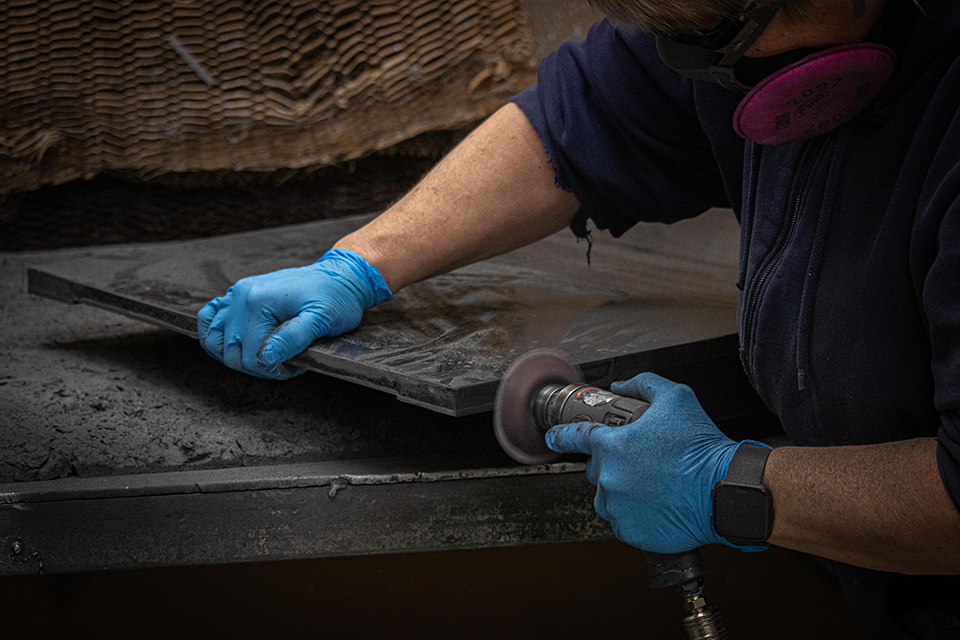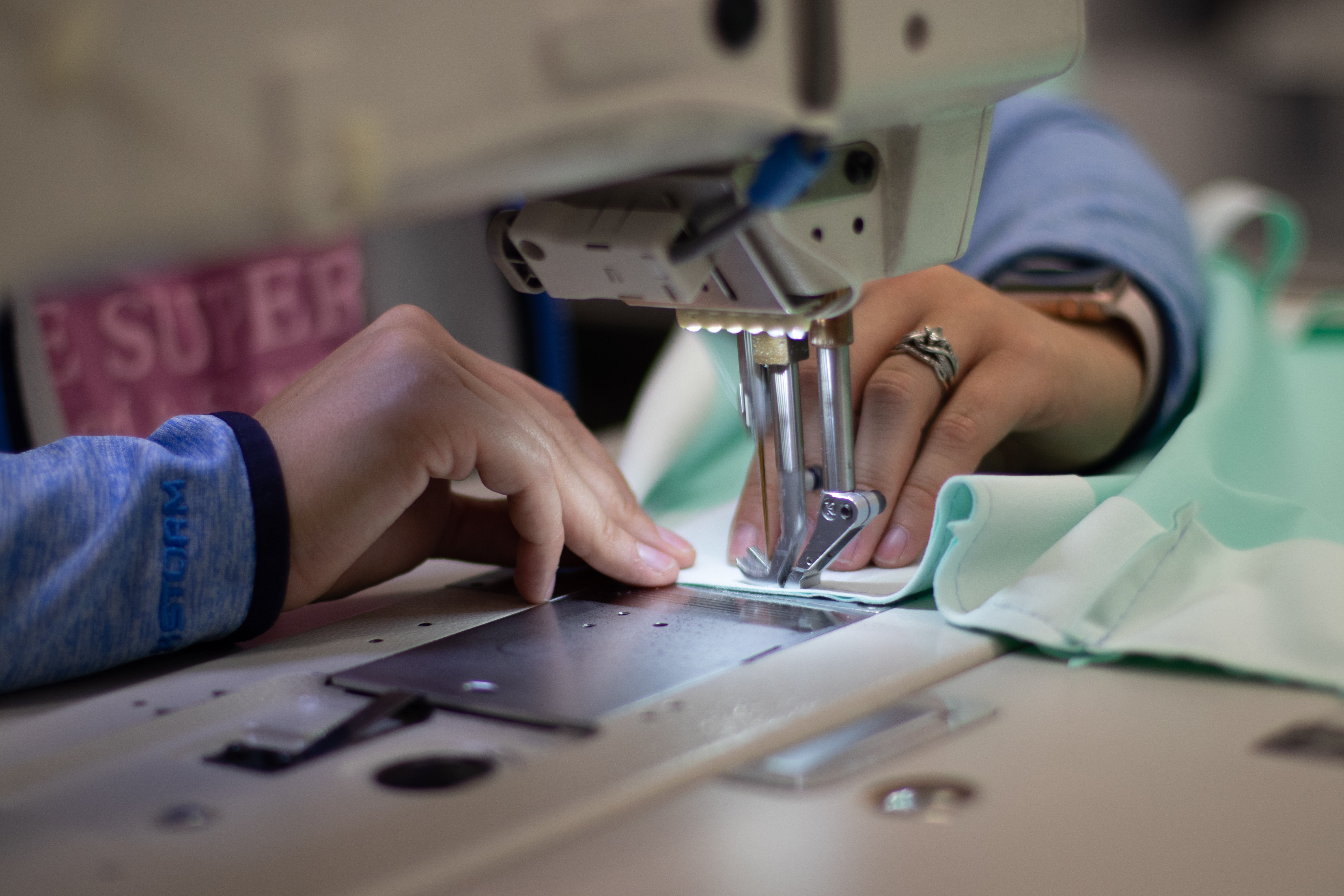4 Key Factors of Manufacturing Carbon Fiber Medical Devices
In the realm of medical device manufacturing, carbon fiber stands out for its remarkable properties—lightweight, high-strength, and radiolucent....
Learn about the crucial steps involved in ensuring quality control in the manufacturing of medical devices and why it is important for the healthcare industry.
Quality control is a crucial aspect of medical device manufacturing in the healthcare industry. It involves the processes and practices that are put in place to ensure that medical devices meet the required standards of safety, effectiveness, and reliability. Without proper quality control measures, there is a risk of producing faulty or substandard medical devices that can have serious consequences for patients and healthcare providers.
One of the key reasons why quality control is important in medical device manufacturing is patient safety. Medical devices are used to diagnose, treat, and monitor various health conditions, and any malfunction or failure of these devices can have detrimental effects on patient health. Quality control ensures that medical devices are designed, manufactured, and tested to meet the highest standards of safety and performance, minimizing the risk of harm to patients.
In addition to patient safety, quality control also plays a critical role in driving value for customers of medical device manufacturers. By implementing quality control processes, manufacturers can demonstrate their commitment to producing high-quality and reliable medical devices. This can help build trust among customers, leading to increased market acceptance and business success.
Furthermore, quality control in medical device manufacturing is essential for regulatory compliance. Medical devices are subject to strict regulations and standards set by regulatory authorities such as the Food and Drug Administration (FDA) in the United States. Manufacturers must ensure that their devices comply with these regulations to obtain necessary approvals and certifications. Quality control processes help manufacturers meet these requirements and demonstrate compliance with applicable regulations.
Overall, quality control is a critical component of medical device manufacturing in the healthcare industry. It ensures patient safety, drives value for the customer, and ensures compliance with regulatory standards. By implementing robust quality control measures, manufacturers can produce high-quality medical devices that meet the needs of healthcare professionals and patients alike.
Design review is a crucial step in the quality control process of medical device manufacturing. It involves a comprehensive evaluation of the design of the medical device to ensure that it meets the desired specifications and requirements. This step is essential to identify any design flaws or potential issues that may affect the safety, effectiveness, or performance of the device. As detailed in FDA 820.30 and ISO 7.3.5 design reviews can occur at each stage of the design process or at a frequency that feels appropriate for the project.
During the design review process, a team of experts, including engineers, designers, and quality control professionals, along with an independent reviewer, assess the design documentation, drawings, and specifications of the medical device. They analyze the design from various perspectives, such as functionality, usability, manufacturability, and regulatory compliance. Any identified issues or concerns are documented and addressed before moving forward with the manufacturing process.
The design review process also helps ensure that the medical device is designed in accordance with industry standards and best practices. It allows manufacturers to incorporate feedback and lessons learned from previous designs, ensuring continuous improvement in the quality and performance of their devices.
By conducting a thorough design review, manufacturers can minimize the risk of design-related failures or errors in their medical devices. This step helps identify and rectify any design flaws early in the process, reducing the likelihood of costly rework or product recalls. It also contributes to the overall quality and reliability of the medical device, ultimately benefiting patients and healthcare providers.
In conclusion, design review is a crucial step in the quality control process of medical device manufacturing. It helps identify and address design flaws, ensures compliance with standards, and contributes to the overall quality and reliability of medical devices.
Implementing stringent manufacturing processes is essential for ensuring quality control in medical device manufacturing. These processes involve the use of advanced technologies, standardized procedures, and strict adherence to quality standards throughout the manufacturing lifecycle.
One key aspect of implementing stringent manufacturing processes is the use of state-of-the-art equipment and technologies. Advanced manufacturing technologies, such as automated assembly systems and robotic automation, help improve precision, efficiency, and consistency in the manufacturing process. These technologies reduce the potential for human error and variability, resulting in higher quality and more reliable medical devices.
Standardized procedures are another crucial element of stringent manufacturing processes. Manufacturers establish standardized operating procedures (SOPs) that define the steps, specifications, and requirements for each stage of the manufacturing process. These SOPs ensure consistency and uniformity in the production of medical devices, reducing the risk of errors or variations that may impact quality.
Additionally, implementing strict quality standards and control measures is vital for ensuring quality control in medical device manufacturing. Manufacturers establish quality control checkpoints throughout the manufacturing process to verify product quality and compliance with specifications. These checkpoints may include inspections, tests, and measurements to ensure that the medical devices meet the required standards of safety, performance, and reliability.
By implementing stringent manufacturing processes, manufacturers can enhance the quality and reliability of their medical devices. These processes help minimize variability, reduce errors, and ensure consistent production, ultimately resulting in safer and more effective devices for patients and healthcare providers.
Testing and validation are critical steps in the quality control process of medical device manufacturing. Many medical devices must meet IEC 60601-1 to be considered safe and effective. Conducting rigorous tests and evaluations to ensure that the medical devices meet the required standards of safety, effectiveness, and performance.
One of the key objectives of testing and validation is to assess the functionality and performance of the medical device under various conditions. Manufacturers conduct tests to verify that the device operates as intended and meets the specified requirements. These tests may include functional testing, performance testing, durability testing, and reliability testing.
Validation is another important aspect of testing and involves confirming that the medical device can consistently perform its intended functions in its intended environment. Manufacturers perform validation tests to ensure that the device can withstand the expected conditions of use and deliver reliable results. These tests may include environmental testing, sterilization testing, and compatibility testing.
Testing and validation also play a crucial role in identifying any potential risks or hazards associated with the medical device. Manufacturers conduct risk assessments and hazard analyses to identify and mitigate any risks that may impact patient safety. By uncovering and addressing these risks during the testing and validation process, manufacturers can ensure that their devices are safe for use by healthcare professionals and patients.
In conclusion, testing and validation are essential steps in the quality control process of medical device manufacturing. These steps verify the functionality, performance, and safety of the devices, ensuring that they meet the required standards and can deliver reliable results in real-world healthcare settings.
Quality control in the manufacturing of medical devices starts with quality assurance. It involves the implementation of processes and systems to ensure consistency, compliance with regulations, and adherence to quality standards throughout the manufacturing process.
One of the key objectives of quality assurance is to establish and maintain a robust quality management system (QMS). A QMS provides a framework for managing and controlling quality-related activities, such as document control, change management, risk management, and corrective and preventive actions. By implementing a QMS, manufacturers can ensure that quality is built into every aspect of the manufacturing process.
Quality assurance also involves conducting regular audits and inspections to monitor compliance with regulatory requirements and internal quality standards. Manufacturers perform internal audits to assess their adherence to established procedures and identify areas for improvement. They also undergo external audits by regulatory authorities to ensure compliance with applicable regulations and obtain necessary approvals and certifications.
Furthermore, quality assurance includes the establishment of performance metrics and the implementation of continuous improvement initiatives. Manufacturers set quality objectives and monitor key performance indicators (KPIs) to measure the effectiveness of their quality control processes. They analyze data, identify trends, and take proactive measures to address any issues or deviations from the desired quality standards.
By implementing robust quality assurance practices, manufacturers can ensure that their medical devices consistently meet the required quality standards and regulatory requirements. This helps build trust among healthcare professionals, regulatory authorities, and patients, and contributes to the overall safety and effectiveness of medical devices.
In conclusion, quality assurance is a critical component of ensuring quality control in medical device manufacturing. It involves the establishment of a robust quality management system, regular audits and inspections, and continuous improvement initiatives. By prioritizing quality assurance, manufacturers can produce high-quality medical devices that meet the needs and expectations of the healthcare industry.

In the realm of medical device manufacturing, carbon fiber stands out for its remarkable properties—lightweight, high-strength, and radiolucent....

Discover the intricate process of EVA compression molding and its importance in the medical device manufacturing industry. Compression molded...

Finding the perfect sewing contract manufacturer is a critical decision for businesses looking to outsource their production processes. Whether...